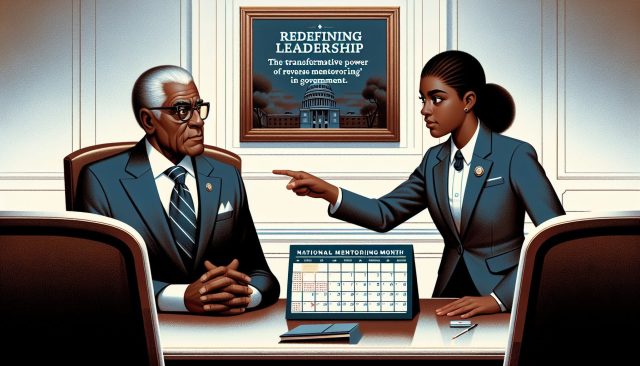Securing the Algorithm: Cybersecurity Challenges for AI in a Remote Work World
<html><body><h2>Securing the Algorithm: Cybersecurity Challenges for AI in a Remote Work World</h2><p>The advent of remote work has ushered in an era of unprecedented transformation for businesses globally. For the Analytics and AI professionals, this transformation has not only changed the way we work but has also amplified the stakes in cybersecurity. As more systems migrate online and into the cloud, the digital landscape has become both a playground for innovation and a breeding ground for cyber threats.</p><p>In this interconnected world, where algorithms drive decisions and data is the new gold, protecting intellectual properties and safeguarding sensitive data has never been more critical. As remote work blurs the boundaries of corporate firewalls, AI and analytics professionals face the dual challenge of exploiting AI's potential while ensuring cybersecurity remains robust.</p><h3>The Evolution of Cyber Threats</h3><p>Cyber threats have evolved along with the technological advancements they aim to exploit. Whereas traditional cybersecurity focused on protecting data from known vulnerabilities, AI introduces a myriad of new attack vectors. AI models, which learn from data, can be manipulated through adversarial inputs slight perturbations that lead models to make incorrect predictions or classifications. These adversarial attacks have raised questions about the integrity of AI-driven decisions, from image recognition to financial forecasting.</p><p>As AI models become integral to decision-making processes, ensuring their security, and the data that train them, is paramount. This adds an additional layer to the cybersecurity landscape, demanding that professionals develop strategies not just to secure data, but to secure the decision-making processes themselves.</p><h3>Remote Work: A Catalyst for Innovation and Risk</h3><p>The remote working model has compelled businesses to rapidly adopt cloud services and digital collaboration tools. These tools have empowered teams to maintain productivity levels but have also opened new vulnerabilities. This shift necessitates a revisiting of cybersecurity policies to address the unique challenges posed by decentralized work environments. Key among these is the need for robust endpoint security solutions that can protect devices operating outside traditional network perimeters.</p><p>For AI professionals, the increased use of cloud-based machine learning platforms means more models and data are stored and processed remotely. This requires an active partnership with IT and cybersecurity teams to ensure that access controls, encryption, and anomaly detection technologies are rigorously applied and continuously updated to mitigate risks.</p><h3>Strategies for Strengthening Cybersecurity in AI</h3><p>To address the cybersecurity challenges in the age of remote work, there are several strategies that AI professionals can consider:</p><ul><li><strong>Continuous Monitoring:</strong> Implement machine learning algorithms that can detect anomalies in real-time and flag potential security breaches before they can cause damage.</li><li><strong>Data Encryption and Access Controls:</strong> Ensure that data at rest and in transit is encrypted using the latest protocols. Implement strict access controls to limit data exposure to only those who absolutely need it.</li><li><strong>Model Robustness:</strong> Develop techniques to stress-test AI models against adversarial inputs, ensuring their robustness and reliability in various operational conditions.</li></ul><p>Moreover, fostering a culture of cybersecurity awareness among teams is equally important. Regular training and updates on the latest security best practices can empower AI and analytics professionals to act as the first line of defense.</p><h3>Conclusion</h3><p>As the digital frontier expands, so does the responsibility resting on the shoulders of AI and analytics professionals. In the age of remote work, cybersecurity cannot be an afterthought. It must be integrated into every stage of AI development and deployment. By adopting proactive strategies and maintaining vigilance, professionals can not only protect their data and models but also build trust in AI-driven systems. In this new era, securing the algorithm is as critical as innovating it.</p></body></html>































